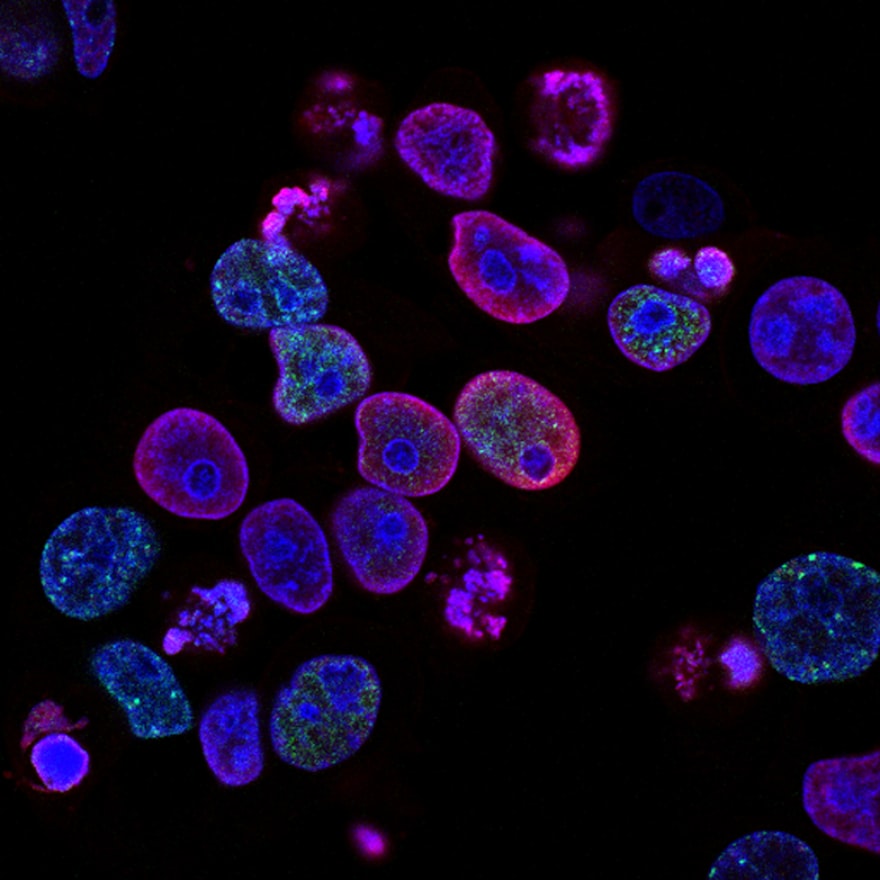The Muddy Debate: How Tiny Microbes in Flooded Fields Fuel a Big Climate Puzzle
A scientific spat over swampy soil reveals the complex battle between life and chemistry at the bottom of our lakes, rice paddies, and wetlands.

Microbial World
The invisible life in soil that drives global processes
Beneath the still, murky waters of a rice paddy or the bottom of a tranquil pond, a silent, invisible war is raging. It's a battle for breath, fought by countless microbes over a precious resource: oxygen.
This hidden conflict doesn't just decide the fate of a few microorganisms; it plays a crucial role in regulating the health of our entire planet. The consumption of oxygen in flooded soils is a fundamental process that influences everything from how much greenhouse gas escapes into our atmosphere to the fertility of the crops that feed billions. Recently, a debate amongst soil scientists—sparked by a comment on a pivotal study—has deepened our understanding of this muddy battlefield, revealing it to be far more complex and fascinating than we ever imagined.
The Heart of the Debate: Biology vs. Chemistry
The core question is deceptively simple: What really drives oxygen to disappear so quickly in waterlogged soil?
When soil is flooded, water fills the air pockets, cutting off the oxygen supply. Trillions of oxygen-breathing (aerobic) microbes quickly consume the remaining O₂. Once it's gone, other microbes that "breathe" other things, like nitrate or sulfate, take over.
Certain soil components, like ferrous iron (Fe²⁺) and organic compounds, can react directly with oxygen in a purely chemical process. This abiotic consumption could be stealing oxygen away from the microbes, potentially slowing down greenhouse gas production.
The recent scientific exchange, a "Comment" and the authors' "Reply," wasn't just academic point-scoring. It was a rigorous debate over which force—living microbe or non-living chemistry—is the true champion of oxygen consumption in different environments. To settle it, scientists had to design a brilliant experiment.
A Deep Dive into the Decisive Experiment
To untangle the biological from the chemical, researchers needed a way to "switch off" the microbes without stopping the chemistry. Their tool of choice? Poison.
Methodology: The Step-by-Step Sleuthing
The goal was to measure the total oxygen consumption and then see how much of it stopped when the microbes were eliminated.
Sample Collection
Researchers gathered cores of soil from a flooded rice field, carefully preserving their natural waterlogged state.
Experimental Treatment
The soil samples were divided into two sets: Live Soil (teeming with microbes) and Sterilized Soil (treated with sterilizing agent).
The Measurement
Both sets were placed in sealed containers with oxygen. Sophisticated sensors tracked the decline in oxygen concentration over time.
Data Analysis
By comparing oxygen loss in live vs. sterilized soil, scientists calculated biological and chemical contributions.
| Group Name | Treatment | What it Measures |
|---|---|---|
| Live Soil | No chemical addition | Total Oxygen Consumption (Biological + Abiotic) |
| Sterilized Soil | Treated with sterilant (e.g., Sodium Azide) | Abiotic Oxygen Consumption (Chemical reactions only) |
Results and Analysis: The Verdict from the Mud
The results were revealing and nuanced. They didn't crown one single winner but showed that the winner depends on the environment.
- In live soil Rapid O₂ consumption
- In sterilized soil Slower O₂ consumption
- Biological Consumption = Total Consumption (Live) - Abiotic Consumption (Sterilized)
| Soil Type | Abiotic Consumption | Biological Consumption | Primary Driver of O₂ Loss |
|---|---|---|---|
| Typical Rice Paddy | Low to Moderate | Very High | Biology (Microbes) |
| Iron-Rich Wetland | Very High | Moderate | Tie or Abiotic |
| Organic-Rich Peat | High | High | Both significant |
The analysis confirms a critical truth: both processes are always at work. The debate settled on the relative importance of each. In most agricultural and natural wetland settings, biological consumption by microbes is still the dominant process that kicks off the cascade of events leading to greenhouse gas emissions.
The Scientist's Toolkit
What does it take to run these experiments? Here's a look at the key reagents and materials used to uncover these secrets.
Sodium Azide (NaN₃)
A potent sterilant and microbial inhibitor that "kills" the soil microbiome to isolate abiotic reactions.
Oxygen Microsensors
Fine-tipped needles that detect oxygen concentrations at a microscopic scale in the soil.
Gas Chromatograph
Measures concentrations of gases produced as end-products of microbial metabolism.
Ferrous Iron Assay Kits
Chemical kits to measure reduced iron in soil, a key player in abiotic oxygen consumption.
Conclusion: Why This Muddy Science Matters
The debate over oxygen consumption in flooded soils is more than just academic. By understanding the precise mechanics of this process, scientists can create better models to predict climate change. If abiotic reactions are a bigger buffer than we thought, it might change our projections for greenhouse gas emissions from wetlands under future climates.
Furthermore, this knowledge is power for innovation. For farmers, understanding these processes could lead to new water management strategies for rice fields that subtly manipulate these microbial wars, boosting yields while slashing the climate impact of our dinner plates. This reply to a comment, far from being just a scientific retort, is a step toward mastering the hidden, gaseous rhythms of the world beneath our feet.